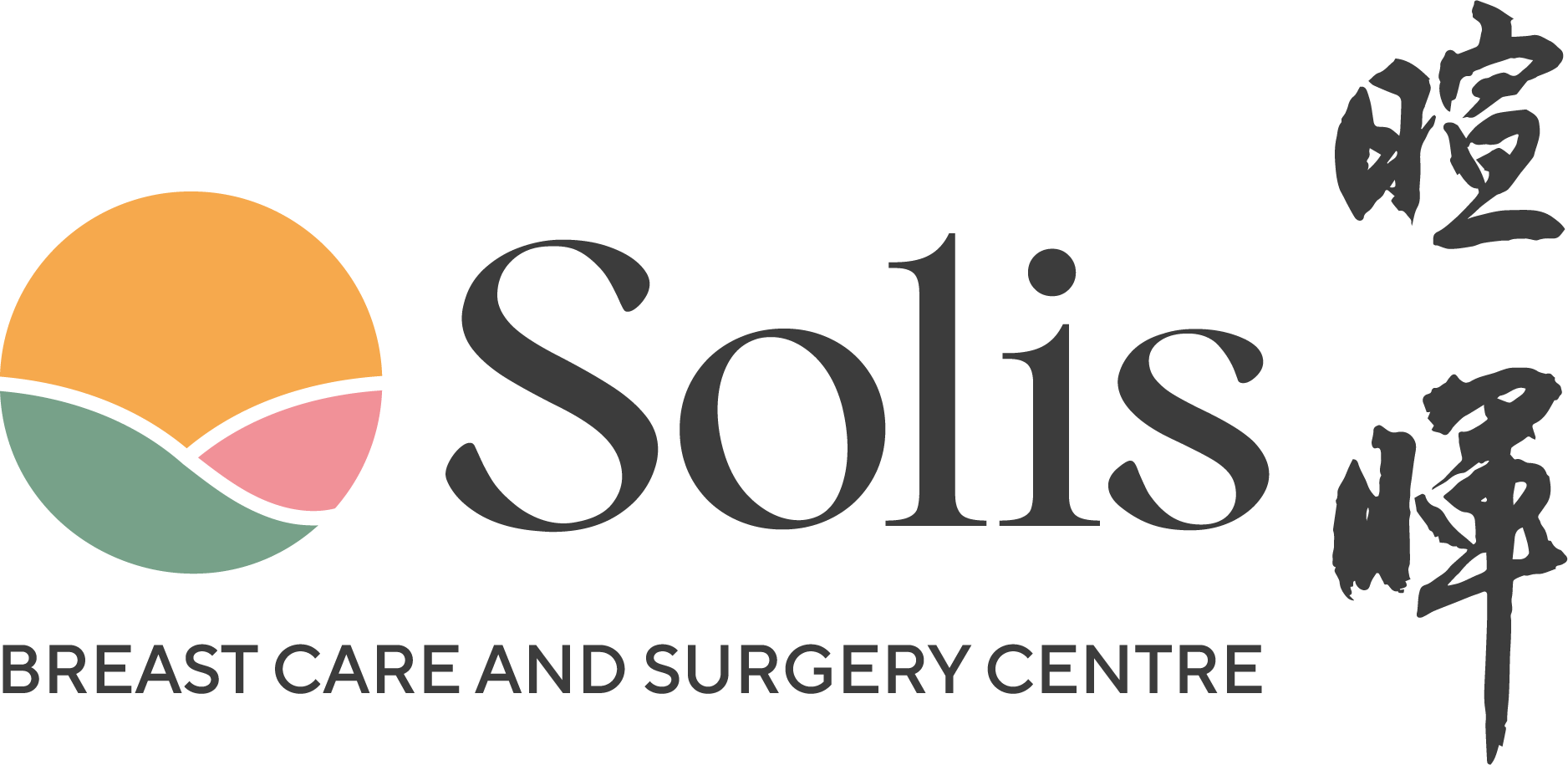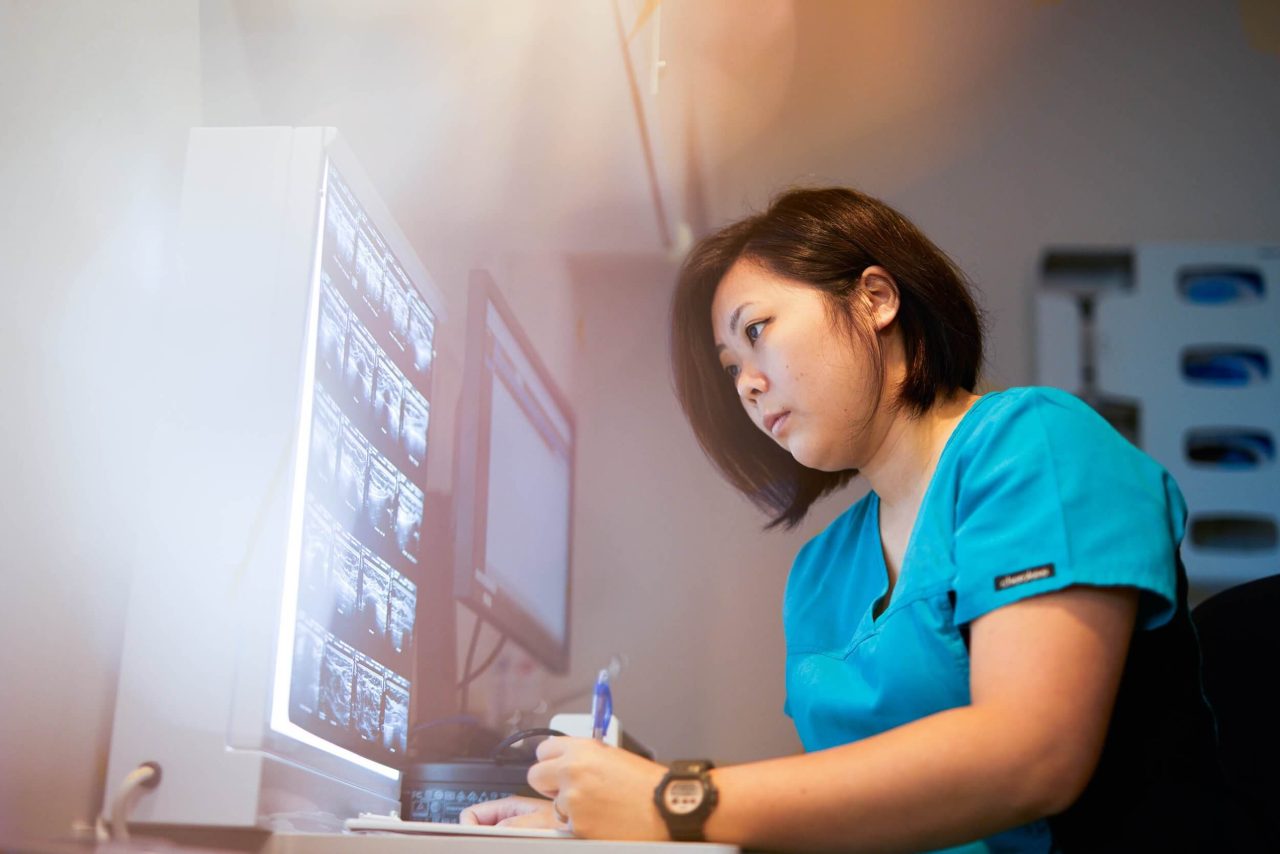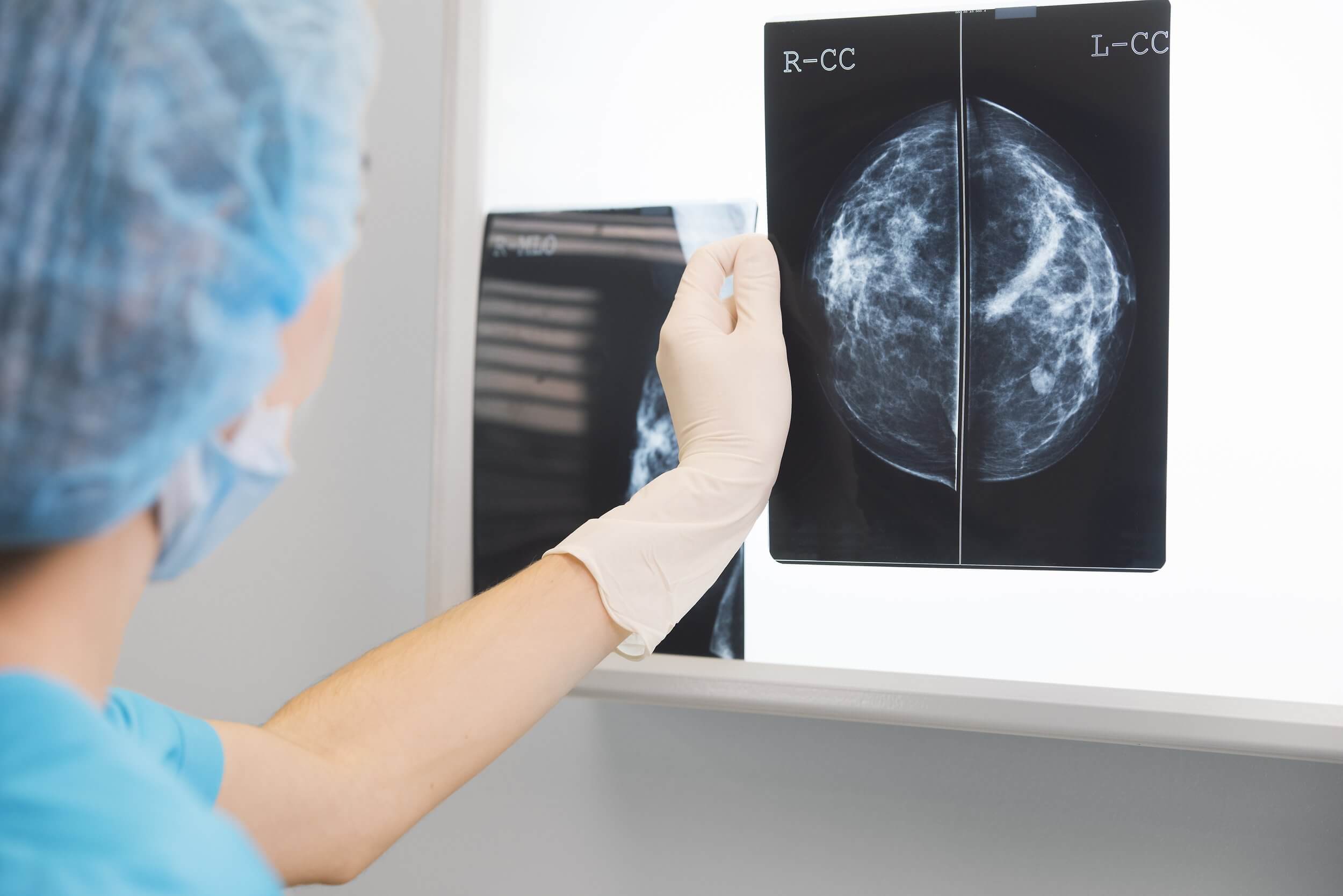Have you ever been asked if you would like a 2D mammogram or a 3D mammogram? Do you know the differences? An annual mammogram screening is proven to be the best way to detect breast cancer but the type of mammogram you choose can be crucial.
In Singapore, breast cancer is the most common form of cancer in women, and the leading cause of cancer mortality in women, contributing about 17% of cancer deaths. The good news is that a yearly mammogram for women aged 40 and above helps to detect breast cancer earlier, leading to less aggressive treatment and a higher rate of survival.
“The threat of breast cancer remains a reality for women from all walks of life. The number of new breast cancer cases has increased exponentially in the last 40 years and this underscores the importance of women taking charge of their breast health. Early detection helps us to achieve higher cure rates for patients with breast cancer,” shared Dr Tan Yah Yuen, Senior Consultant & Breast Surgeon of Solis Breast Care and Surgery Centre.
3D mammogram is extensively used to detect the onset of breast cancer. Each breast is imaged in two different positions. Compared to conventional 2D mammogram where the X-ray tube takes a single picture from each position, the 3D X-ray tube scans the breast in arc in four seconds. In conventional 2D imaging, overlapping structures at various depths within the breast are superimposed and may be difficult to distinguish as separate structures. With 3D imaging, the images slice through the breast at various depths, allowing these structures to be seen clearly and distinctively. Small early cancer growth can be more readily distinguished from the overlapping normal glandular tissues within the breast.
3D mammogram has been clinically proven to increase the early detection of invasive breast cancer by 54%. Up to 30% of cancers are not detected by the standard mammograph, and mammographic sensitivity decreased up to 48% in women with extremely dense breasts. Early detection leads to an almost 100% cure rate and reduces unnecessary call-backs for additional images by 37%. On top of that, it also reduces radiation and it is more cost effective, especially if 2D requires more views.
Luma Imaging Women’s Centre utilizes the latest generation of 3D mammogram that has lower radiation dose, as compared to conventional 2D mammogram. Flexible paddle technology used with these machines reduces discomfort from the compression by allowing the paddle to fit the natural shape and curvature of the breast, thus distributing the pressure evenly across the compressed surface. These state-of-the-art machines also allow the detected lesions to be accurately targeted for biopsy under 3D guidance.
“It is very important for women to understand that breast health is crucial and it shouldn’t be taken for granted. Many women defer going for mammogram screening because of many reasons such as discomfort, pain or fear of exposure to radiation. At Luma, we are focused on breast imaging. Combining technology and expertise, a 3D mammogram is better tolerated than a 2D study. Multiple studies show the benefits of 3D mammogram in finding more cancers and reduces the number of false-positives. Regular screenings will reduce the risks of undetected breast cancer.” – Dr Eugene Ong, Imaging Director, Consultant, Radiologist and Co-Founder of Luma Women’s Imaging Centre.
Early detection of breast cancer can improve treatment outcomes. Modern day breast cancers are complex, and doctors must tailor each treatment based on many considerations such as the cancer’s subtype, stage and risk factors of the patient.
Founded with the belief that patients deserve personalised care, Solis Breast Care and Surgery Centre works intimately with Luma Women’s Imaging Centre where a team of breast surgeons and breast radiologists adopt a multi-disciplinary approach to breast care. They strive to provide a new level of expertise and experience in delivering bespoke and holistic care to their patients.
With seven leading female surgeons who each have their own areas of expertise in breast care and surgery, Solis Breast Care and Surgery Centre brings across the full spectrum of expertise and experience – combining evidence-based approach with empathy and compassion, tailor-made treatment plans that prioritise patients’ well-being and improving their quality of life.
Together with Luma Women’s Imaging Centre, patients can expect a comprehensive diagnostic approach leveraging on cutting-edge technology to provide screening and treatment for breast cancers.
References:
National Registry of Diseases Office. (2021, March 31). Singapore Cancer Registry Annual Report 2018 – NRDO. Singapore Cancer Registry Annual Report 2018. Retrieved March 30, 2022, from https://www.nrdo.gov.sg/docs/librariesprovide3/default-document-library/scr-annual-report-2018.pdf?sfvrsn=bcf56c25_0
National Registry of Diseases Office 28 Jan 2022, https://nrdo.gov.sg/docs/librariesprovider3/default-document-library/scr-2019_annual-report_final.pdf?sfvrsn=fa847590_0
Endo. T. et al. (2014) Clinical Evaluation of Dual Mode Tomosynthesis. In: Fuita H., Hara T., Muramatsu C. (eds) Breast Imaging. IWDM 2014. Lecture Notes in Computer Science, vol 8539. Springer, Cham. https://doi.org/10.1007/978-3-319-07887-8_75
Kolb TM, Lichy J, Newhouse JH. Comparison of the performance of screening mammography, physical examination, and breast US and evaluation of factors that influence them; an analysis of 27,825 patient evaluations. Radiology. 2002;25(1):165-175. Doi: 10.1148/radiol.2251011667
Article contributed and reviewed by Solis Breast Care and Surgery Centre and Luma Women’s Imaging Centre.





